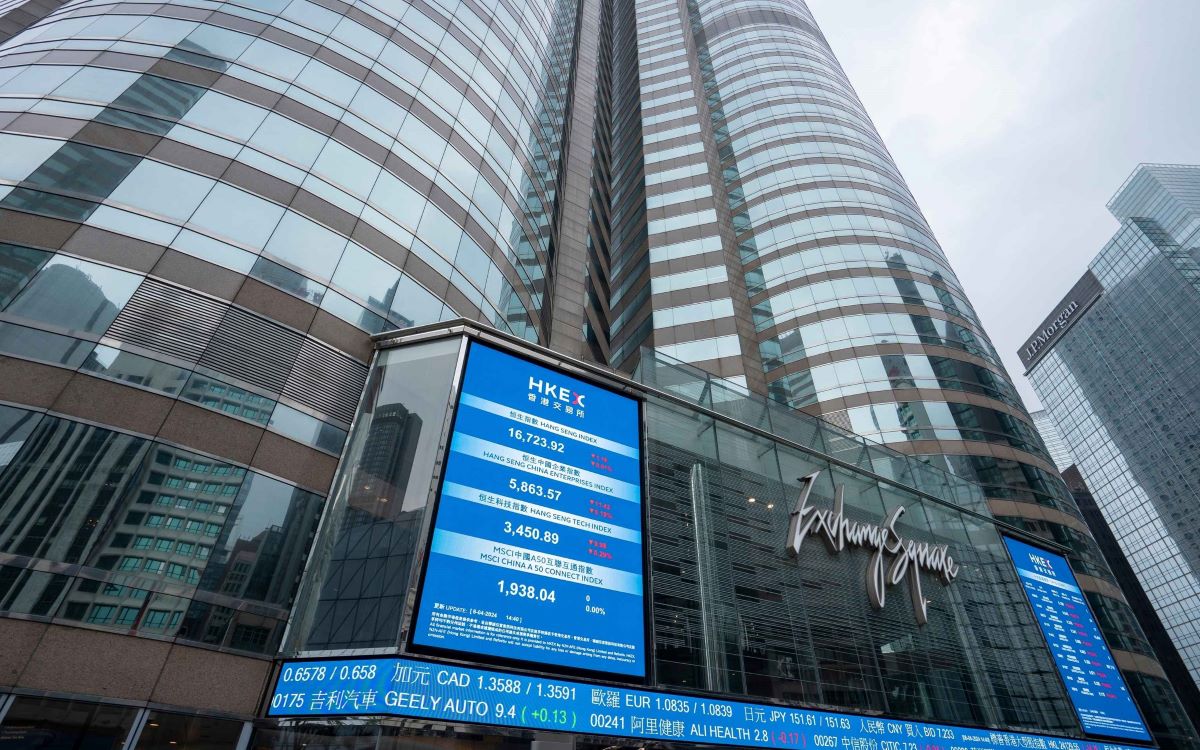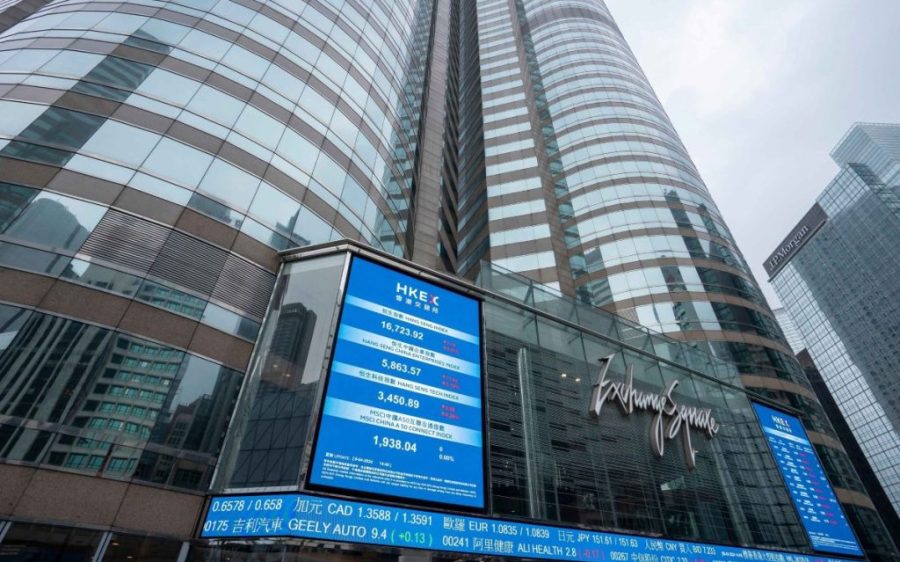The rally in global stock markets has been credited for delivering an economic wealth effect to consumers and corporations. But with China’s main equities on pace to return more than 30 percent on both on- and offshore bourse, Morgan Stanley strategists are forecasting modest single digit returns next year, setting a December 2026 target of 27,500 for Hong Kong’s Hang Seng Index, which is currently trading just above the 25,000 mark at time of writing.
[See more: China’s GDP expands as policymakers begin strategizing the next five-year plan]
Analysts at the US investment bank explain that muted performance stems from a base effect rather than any deeper concerns over corporate profitability or an economic outlook which they estimate will expand by 4.8 percent next year. China’s main bourses have returned nearly 60 percent since the beginning of 2024, but with deflationary pressures still lingering, stabilisation and sustainability will serve as vital anchors for markets in 2026, they argue, paving the way for a potential breakthrough and potential new highs in 2027.
What to look for in 2026
The exit from the negative pricing environment will be gradual. The rollout of supply-side reforms, like Beijing’s anti-involution campaign, will progressively take hold while fiscal stimulus will be tempered by concerns over rising debt levels. On the policy front, the release of the nation’s Five-Year Plan in March is expected to reinforce public support for new economic sectors and technological innovations while easing external conditions should also bode well for trade cycles across Asia.
Despite de-escalating tensions between Washington and Beijing, proportionately more Chinese goods are now being shipped to the Global South, which now accounts for almost half of China’s trade surplus. And as the prospects of major supply chain disruptions fade, market fundamentals and corporate profitability will become increasingly important to investors assessing the sustainability of listed companies and their business models.
[See more: Reassessing China’s $1.6 trillion trade with the Global South]
In addition to structural ROE (return on equity) improvements and shareholder friendly policies, the emergence of technological leaders in the artificial intelligence, advanced technology, and smart-manufacturing spaces should become visible, particularly those capable of competing against a slew of global leaders, Morgan Stanley says.
Consensus EPS (earnings per share) forecast for the Hang Seng Index next year is 10 percent against a forward market multiple of 12.3x. However, an earlier than expected breakout from the current deflationary trend would merit a more bullish case for the Hang Seng Index, in which the 2027 thesis is effectively pulled forward. A recovery in housing prices or a significant technological breakthrough, like January’s DeepSeek moment, could justify a meaningful valuation re-rating given China’s larger addressable market, analysts argue.
Macao’s wealth effect
The rally in China’s stock market has been credited for delivering a wealth effect into Macao’s economy, highlighting the feedback loop between asset values and gaming activity. In last week’s policy address, the Chief Executive noted those links, citing the equity market’s best performance in almost a decade as helping attract premium mass tourists in addition to driving better than expected gaming revenues this year.
For 2026, the Macao government forecasts gross gaming revenue (GGR) to reach 236 billion patacas, representing a 3.5 percent increase for its 2025 estimates, roughly half of what sell-side analysts are predicting. With a 6 percent GGR outlook next year, Morgan Stanley sees the current momentum supporting near double-digit gaming growth each month until April, which overlaps the findings of CLSA’s industrial profitability index citing a favourable macro environment over the next six months.
[See more: Gaming revenues on pace to hit revised budget target by early December]
At the current trajectory, the 2025 target of 228 billion patacas is likely to be achieved in early December, with a possibility of approaching closer to 240 billion patacas before the year ends. Analysts note that focus now shifts to how the six concessionaires are controlling costs at this stage of the recovery, particularly as non-gambling and operating expenditure offsets the margin accretion when mass players replace VIP gamblers.






